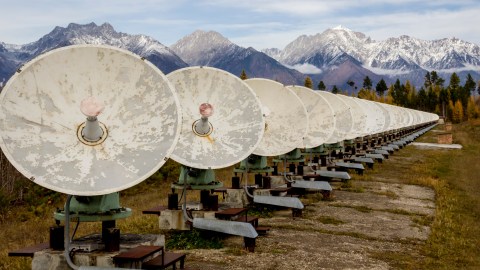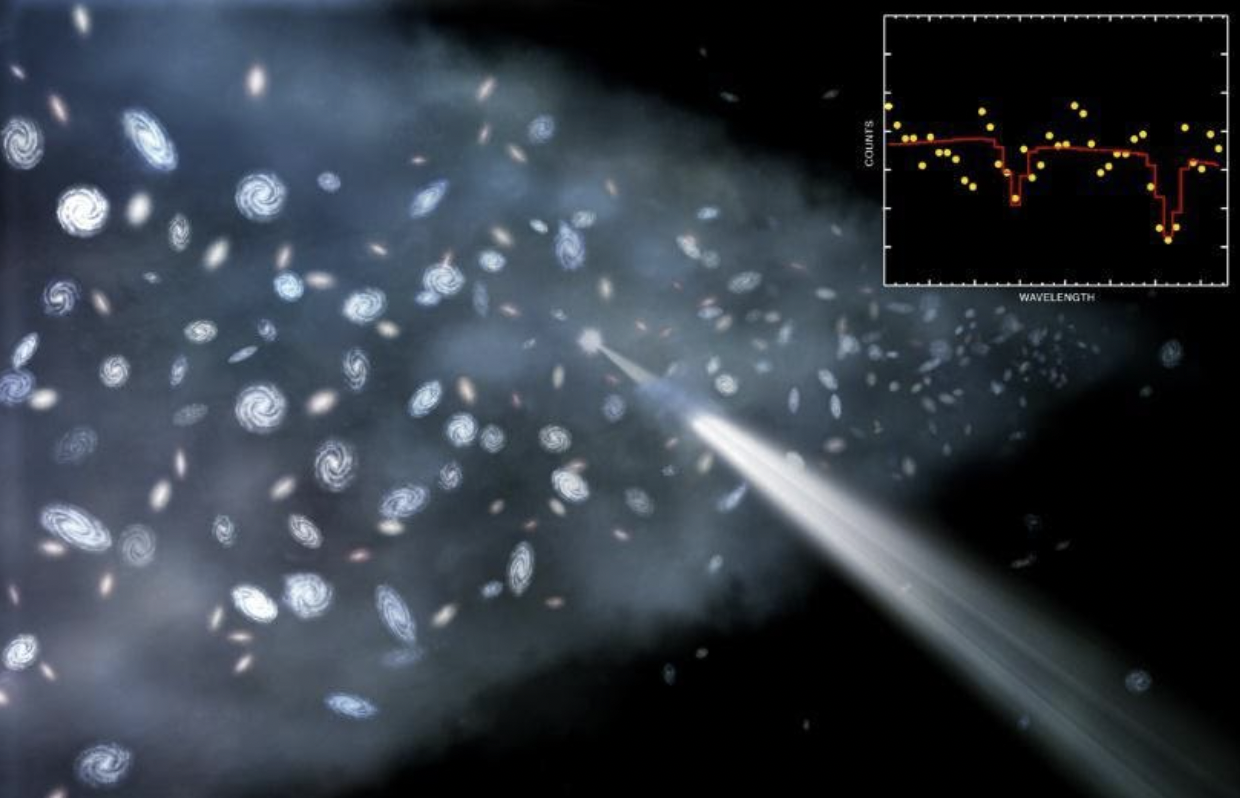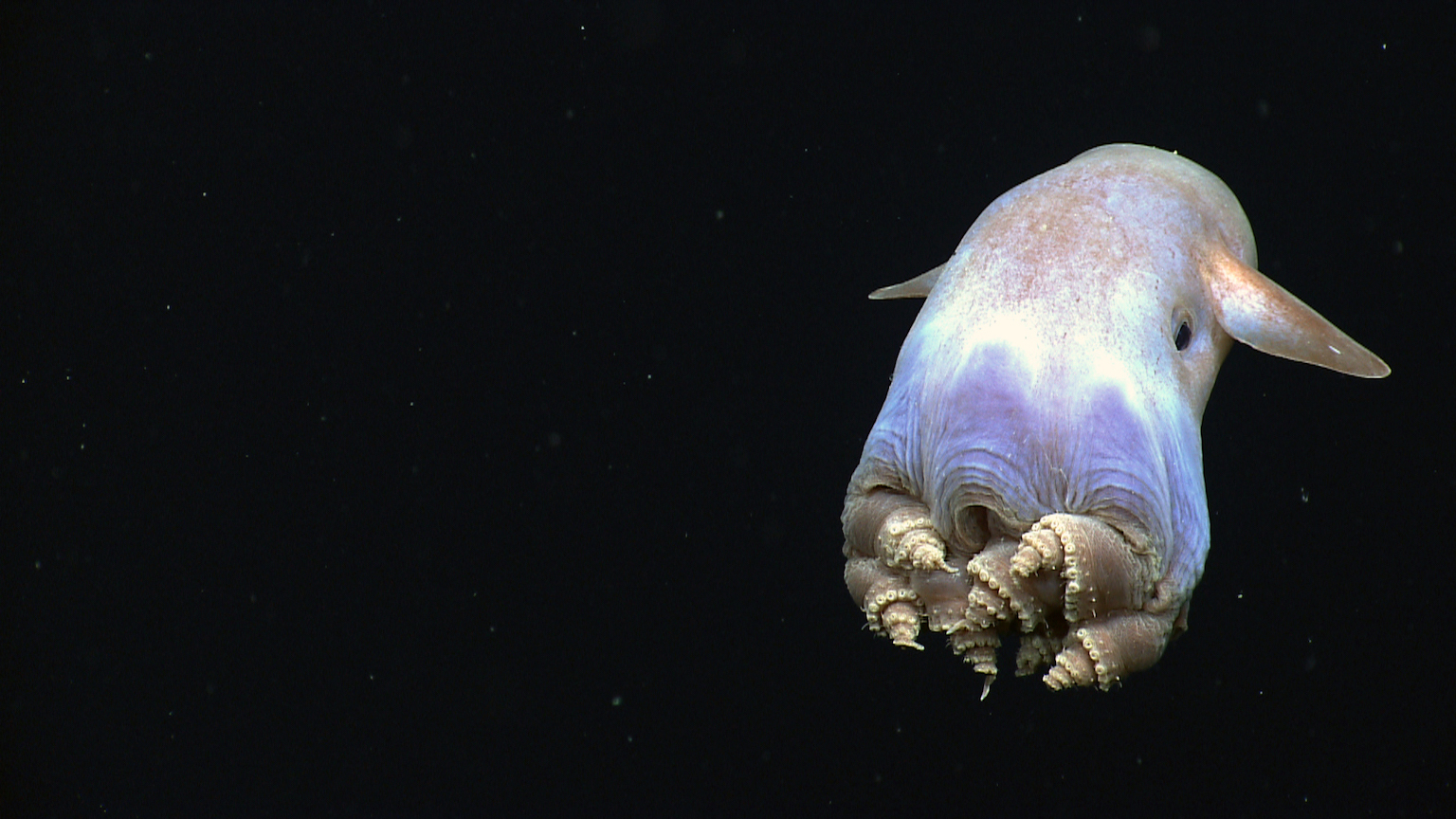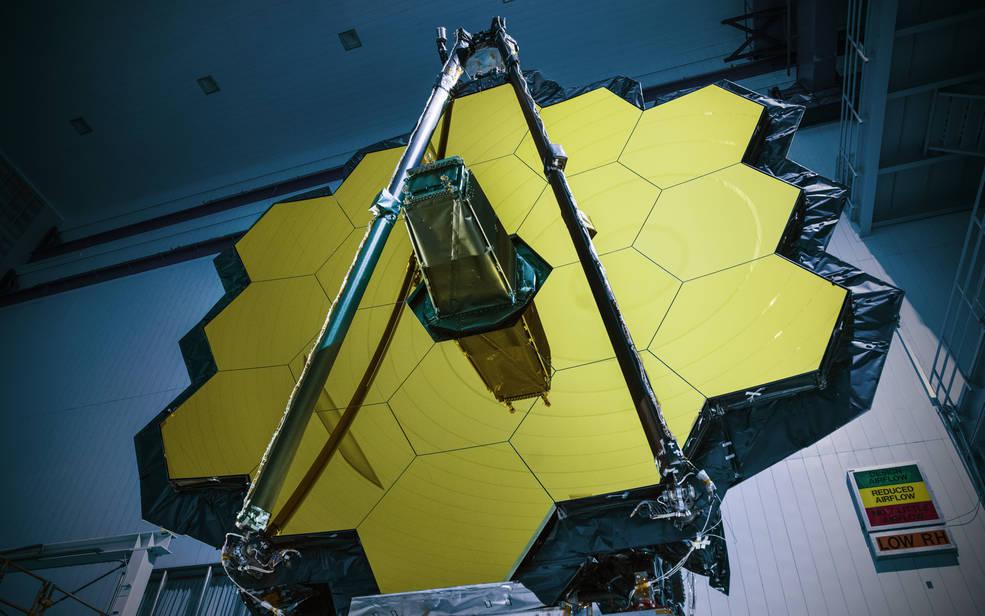Could we use quantum communication to talk to aliens?

- We have yet to hear from any civilization outside planet Earth. Maybe there’s nothing out there. But maybe we are not listening in the right way.
- Quantum communication uses the quantum nature of light to send a message.
- Whether we can use such a communication method remains to be seen. But despite the challenges involved, it could be a very effective way to send an interstellar message.
We have turned our ears to space in the search for extraterrestrial civilizations. We have listened, we have waited, and so far, we have not heard anything.
Perhaps no one is there. Or perhaps we’re just not listening in the right way.
That is what Arjun Berera and Jaime Calderón-Figueroa from the University of Edinburgh suggest. They propose that messages traveling through space could make use of the quantum nature of light. The researchers explored this possibility and published their findings in Physical Review D on June 28.
Phoning with photons
The Universe is a pretty big place. With our current understanding of science, it would take generations to reach nearby stars. But if what we wanted was simply to send a message across the expanse, why not send it at the fastest speed possible — the speed of light?
Most of our searches for intelligent life among the stars have focused on electromagnetic radiation. We normally tune into the radio or optical regions of the electromagnetic spectrum — radio waves can travel easily through dust and gas in space. Others have proposed that pulsing lasers at the sky might be a clever way to send a message to any civilization that may be listening in. In any case, whenever we search for communications from extraterrestrial civilizations, we look for this kind of non-natural contrivance.
We know a message can be encoded in the properties of electromagnetic radiation itself — in the amplitude and frequency of its waves. We do this on Earth all the time when we use radios, cell phones, and wi-fi.
Berera and Calderón-Figueroa propose there is another way to send information: by using the quantum properties of photons. Instead of relying on the way electromagnetic radiation travels — as a wave — we can use photons as particles. Information can be encoded in the quantum states of these particles.
How does this work?
One method of quantum communication is through quantum teleportation. This uses three quantum bits, or qubits, the principal unit of quantum information. Traditional particles, when they hold information, can be, say, a 1 or a 0. Qubits, as quantum particles, can be both 1 and 0 until someone observes them.
In quantum teleportation, two of the three qubits are entangled. Therefore, when one is measured to be 1, the other would also be 1. In effect, the particles have the same state no matter where they are in the Universe.
Quantum teleportation is not the teleportation of actual particles, but rather of the information those particles contain. To see how it works, imagine two entangled qubits shared between two people. The first person cannot exactly copy every aspect of her qubit and send it to the second person — such copying is prohibited in the quantum world. Instead, the sender can let her qubit interact with qubit number 3. She then sends the results of this interaction to the receiver in a classical manner, which means the communication can move no faster than the speed of light. Once this information is received, the second person can have his own qubit interact with qubit number 3, in effect retrieving the message.
This concept has implications well beyond communication with extraterrestrials. Each qubit is a superposition of a 1 and a 0. Once observed, however, it collapses into a specific value. This behavior means that once someone intercepts the message, the sender will know. Quantum communications are thus incredibly secure and hold promise for all sorts of applications — from finance to national security and the protection of personal identity.
The authors claim that an interstellar message built in this way could contain a huge amount of information. Imagine you send a message containing n number of qubits. “A quantum wavefunction comprised of n qubits in principle could contain a linear combination of all these 2n states,” the authors say. In other words, a message could have 2n states.
However, we currently do not know how to extract the information. Berera and Calderón-Figueroa point out that once the message is observed, the wavefunction collapses into a certain state, and the rest of the message is lost. There may be a way to extract more information from the message using quantum operators, and this is an active area of research within quantum computing.
Hi-fi, coherent quantum communications
In order for quantum communication to transmit data over interstellar distances, the message would need to remain viable. To accomplish this, the authors say that two things have to happen: The message needs to avoid decoherence, and it has to maintain high fidelity.
Decoherence is a problem when it comes to quantum communications. If a message were to interact with the environment in such a way that the latter “observes” it, the wavefunction would collapse, and the information in the message would be lost. Decoherence could come from all sorts of things in space, including gravitational fields, gas and dust, and the radiation from stars. Space is mostly empty, but the farther the message has to travel, the greater the chance it will interact with something that breaks it down.
Fidelity is also important in a quantum message. Just like when we used to play “telephone” as children, passing a message along a chain of friends by whispering into the next person’s ear, we want the message to remain constant as it travels long distances.
At relatively short distances, decoherence could be a manageable challenge, the authors calculate. They consider fidelity more important: If we are receiving a message from aliens, we want to make sure we are translating the correct message. Certain bands of the spectrum are better than others at keeping fidelity. We could also try to “guess” the initial state of the message and its source. If we did this, we could reconstruct the message and recover lost fidelity.
Whether or not we can actually do any of this remains to be seen. But if we can learn how space affects quantum communications, we could use this method in our explorations of nearby space — from the Moon to the outer Solar System.





